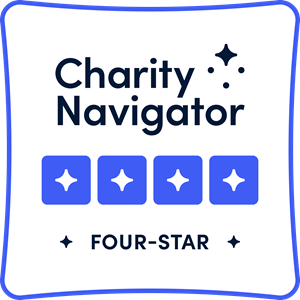Cultivating Belonging and Engaging Families, L’dor V’dor
Entrepreneurs pitch their vision to gain funding, rabbis give sermons to provoke reflection, and young children play to explore friendships. These are all versions of storytelling and it is a natural bridge that connects human beings. Family storytelling was the theme of our Reshet Retreat at Green Gulch, a Zen practice center located near Muir Beach. Reshet, Hebrew for “a network,” is also the name of a 15-month cohort program for family engagement professionals, eight of whom were chosen from a competitive process one year ago and represent Camp Tawonga, Jewish Baby Network, PJCC, Or Shalom Jewish Community, Congregation Kol Emeth, Jewish Gateways, and Temple Isaiah of Contra Costa County.
Generously funded by the Jim Joseph Foundation and the Jewish Community Federation and Endowment Fund, this program launched in 2017 and is led by the Early Childhood and Family Engagement Initiative’s Director, Janet Harris. The program aims to professionalize the field of Jewish Family Engagement Professionals in the Bay Area while connecting the families they work with to the larger Jewish community. This retreat was nourishing in that it created deeper connections within our group, taught us storytelling concepts and modeled how to use these tools so we could re-enter our communities energized and refreshed. I’m still in awe that we accomplished this in 24-hours, which included time for sleep!
Below are basic storytelling formats listed so it can serve as a quick reference for any educator or facilitator who is looking for ways to incorporate this art form to cultivate connections:
- Name origin story. This was a brilliant ice-breaker because we shared something that we all had in common – a name, and where it comes from – and we instantly became storytellers.
- Family story about an heirloom, journey or food. This gave us an opportunity to share a family tradition, which often was tied to a Jewish tradition.
- Personal story about creation, exodus or revelation in our lives. I especially loved this one because it gave us simple Jewish vocabulary to retell our personal Torah.
In the beginning, our group’s intimate bond was created by sharing the origin story of our name, led by Jewish Family Education expert Vicky Kelman. In that first hour, this impromptu short exercise sparked laughter, tears, and anxieties. This cultivated empathy amongst us and provided real-life emotions that parents and children go through. My peers noted this experience as: “Getting real...sharing hard and sad feelings, becoming a closer group;” “We lit a fire” (in the fireplace and in each other); and “Realizing deeper connections among all of us.”
The group exodus came the next day when we departed from our cozy guesthouse to wander through the gardens and cross into Muir Beach to arrive at the Pacific Ocean, an experience led by Jewish Resource Specialist Coordinator Adam Lowy. We made it there with our hevruta, the ancient buddy system, and continued to practice our biblical vocabulary by sharing stories about camping experiences. Along the way we explored our five senses to get into the spirit of child’s play. Then we dove deeper into sensory exploration by using the natural elements along the beach to interpret a bracha and teach our hevruta. This session was beautifully choreographed to shine a light on nature, another intergenerational resource, readily available to all of us and can be an inspiring environment to discuss Jewish values.
We processed and shared our personal revelations while learning the art of bookmaking, guided by local artist Barbara Selvidge. We were encouraged to craft our unique stories with love. This activity was brought to a close with a classic childhood tradition of “show and tell”. Suddenly I felt the vibrant energy of a school child proudly showing off my book to share a piece of my story.
As our retreat came to a close we shared what we will take away. It was a “wow” moment for me since my peers shared so many rich learnings: how to use storytelling tools in multigenerational groups, how to design environments for stories, and how to create space for ourselves. My personal takeaway was to think about what tools I can create or share to empower families that reinforce Jewish culture around the home. Our job as family educators is to facilitate community building, cheerlead the parents experimenting and incorporating Jewish experiences at home, and spark curiosity for those seekers looking for deeper meaning during this lifecycle stage.
For more information on Reshet, and the Federation's Early Childhood Education Initiative, contact Janet Harris.

